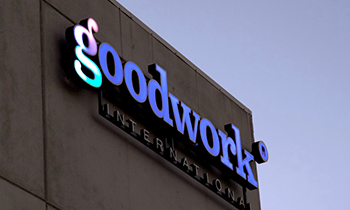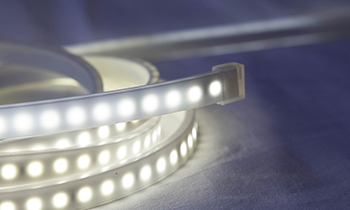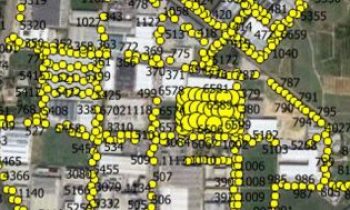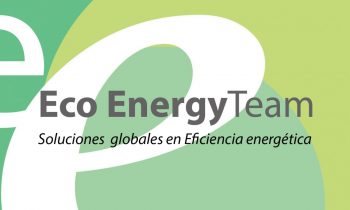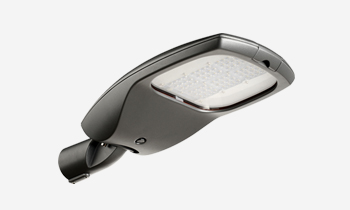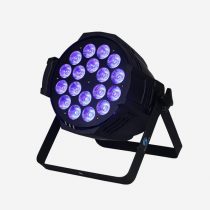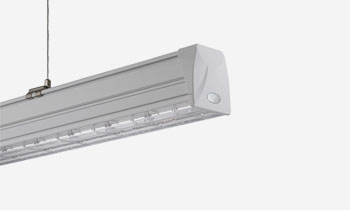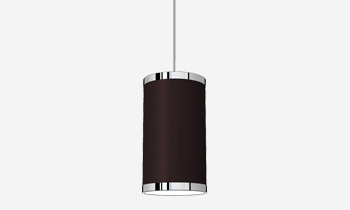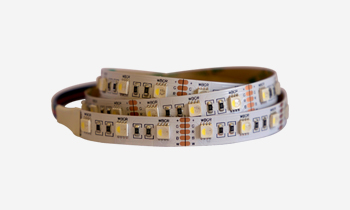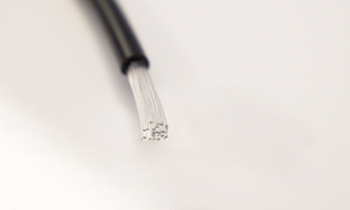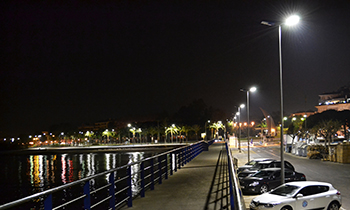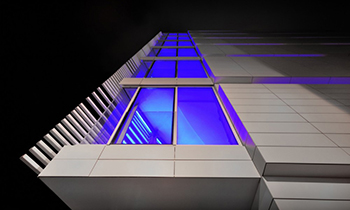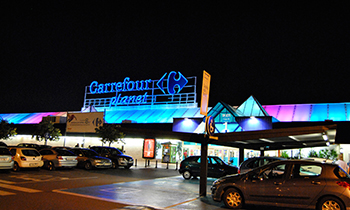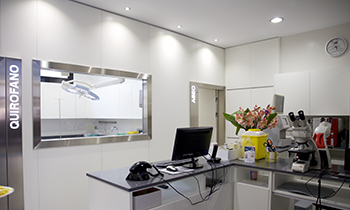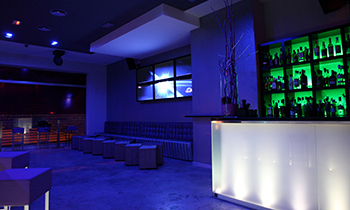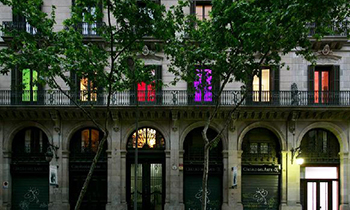At Goodwork we have been designing LED street lighting projects for municipalities for many years. And we always do it through the latest technology and innovation and, together with a team of professionals who advise and accompany each step of the process, being aware of the vital importance of lighting over people’s lives.
We are at the forefront in the optical and light sector designing projects ranging from consulting, lighting and design, installation and maintenance.
We are experts in energy efficiency and through public lighting we can bring to the city not only economic and ecological benefits (Goodwork LED reduce consumption by 80% and do not emit harmful agents into the atmosphere), but also for the health of plants, animals and people.
WHAT IS A LIGHTING AUDIT?
Do you ask yourself what a lighting audit is? In order to carry out a street lighting project, a series of very specific requirements and regulations must be fulfilled: lighting levels according to road types, levels of light pollution, etc., which are often overlooked because they have not been previously optimal lighting audit.
This series of parameters, added to the huge number of luminaries in any municipality, make it necessary to use the appropriate tools to facilitate the data collection of each point of light. In this way, it will be possible to carry out a complete and exhaustive study of the whole municipality.
At Goodwork we use in situ photometric measurement systems. In order to manage and analyze all this amount of data we have developed a mobile unit that, circulating through the municipality like any other vehicle, captures all the necessary data to carry out the complete study and in record time.
The mobile unit consists of:
– High precision GPS Navigator
– Spectrometer
– Stereographic camera
– Luxometers
– Data storage system
The data collected by the mobile unit are processed by specialized personnel using its own software that allows to elaborate:
1) Luminosity map of the municipality, with spot value of luminance and GPS position
2) Map with the mean values of:
– Luminance
– Minimum lighting
– Maximum ilighting
– Medium uniformity
3) Map with lighting types (HPS, HQI, Halogen …)
4) Map of evaluation of the routes according to the class of lighting.
5) Inventory of points of light:
– GPS position
– Height of the luminaire
– Type of lighting
6) 100% inventory: parks, gardens, pedestrian zones, stairs…
7) Exportable data in SHP (GIS), Excel and KML
NEEDS FOR A PROPER LIGHTING AUDIT
In order to carry out an adequate lighting audit, an action methodology must be followed to achieve an effective result.
The first thing to keep in mind is that the circulation routes are classified into different groups, each one being assigned photometric requirements that take into account the visual needs of the users as well as the environmental aspects. Therefore, a prior classification of these tracks is necessary before the lighting map is made.
In order to achieve adequate energy efficiency in outdoor lighting installations, they must comply with at least the following requirements:
1. The lighting levels of the installation must not exceed that established in ITC-EA 02 supplementary technical instruction, except in exceptional cases, which require prior authorization from the competent body of the Public Administration.
2. For road lighting, the minimum energy efficiency requirements established in ITC-EA-01 must be met. For the rest of lighting installations, the requirements of factor of use, losses of the equipment, factor of maintenance and others established in the corresponding technical instructions must be fulfilled.
3. Where required, a system for actuation and regulation of the luminous level must be available, as shown in the ITC-EA-04 technical instruction.
In addition, it is envisaged in the Energy Efficiency Regulation, in outdoor lighting installations, that the entire outdoor lighting installation must comply with ITC-EA-02, with which the information obtained must be checked (if discrepancies exist, it is necessary to remedy the defect).
In addition, there are a number of parameters to consider:
1. The luminance measurement: according to the standards: EN 13201-4 and RD 1860/2008 and by means of a proprietary method and patented by two groups of luxometers at the rear and front of the vehicle, corresponding luminance measurements are obtained with the grids defined by the corresponding regulations.
2. Continuous light maps:
Average Illuminance (Em)
Illumination average uniformity (Um)
Minimum lighting Level
3. Precision inventory of light points: the light points are positioned by a 3D system formed by two cameras and the vehicle’s GPS, which allows to calculate the position and the distance of the points of light.
4. Identification: the identification of the type of illumination is carried out thanks to a spectrometer that allows measuring the wavelengths emitted by the light source and which are compared with the database of the different types of lamps used in the market: incandescent , Halogen, fluorescent, CFL, HPS, HQI, etc.
5. Visualization of the results: the management software allows to visualize the results.
Depending on the type of track, the parameters to be considered are:
1. For ME series of lighting class for dry vials type A and B and MEW series for wet vials types A and B:
A. In dry road:
Average lighting
Global Uniformity
Longitudinal Uniformity
B. In wet road:
Global Uniformity
Disturbing Dazzle (TI Threshold Increment (%))
Surround Lighting (SR Surround Ratio)
2. For S series of lighting class for C, D and E type vials:
Average lighting
Minimal lighting
3. For CE series of lighting class for type D and E type vials:
Average lighting
Average Uniformity
Now that you know the importance of a correct lighting audit for the success and achievement of your street lighting project, do not hesitate any more and go to LED with Goodwork.

